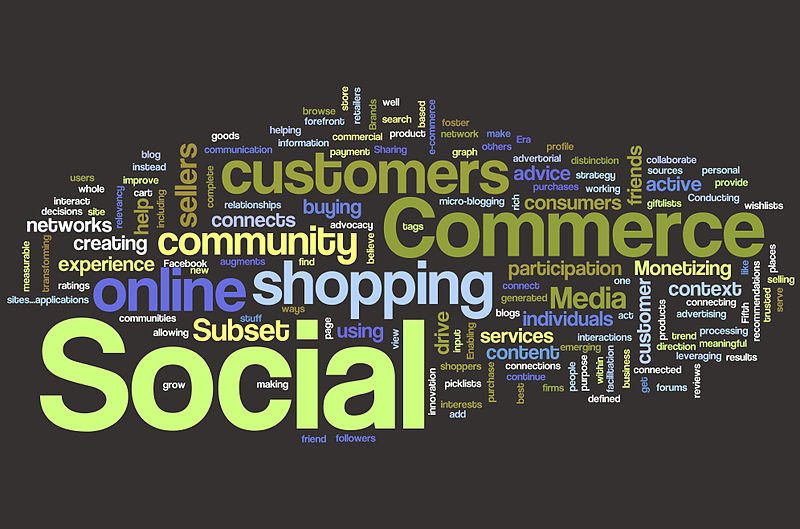What’s New in Pay-Per-Click for 2016?

One thing’s for certain in 2016 and onwards: e-commerce will continue to grow. In fact, it is predicted to grow by about 12% per annum for the next three years. With this in mind, Pay-Per-Click (PPC) is going to be one critical factor in the success of your online and offline businesses.
Here are the latest trends and news in PPC for 2016.
The Growth of Social Commerce
It cannot be denied – social commerce or selling through social media is reshaping business. There are many ways social commerce works and PPC is alongside each and every one of these, helping to boost and sustain your business so that when you lose customers, you have multiple opportunities to generate leads and find new ones.
- Social network-driven strategies like the use of referrals
- Peer-to-peer platforms where people can contact sellers directly
- Recommendations
- Curated shopping
- Wholesale buying
- Crowd funding
- Social shopping
PPC can be used in social commerce and still be unobtrusive. Here’s how: the majority of social network users are browsing. They are looking at new updates, information, and yes, the latest buzz. However, did you know that Internet users tend to trust consumer reviews 12 times more than product descriptions? In fact, a product with a positive review from a consumer increases the chances of that product being bought by 18% across all e-commerce sites. In addition, impulse buying has skyrocketed in the past year, especially with the “Buy Now” button. For instance, on Pinterest, 93% of its users make purchases based on what they see pinned. Lastly, social users are highly influenced by promotional content they see because it keeps them updated on the latest trends.
From Single Channel to Multichannel to Omnichannel
Omnichannel refers to the same online brand experience regardless of what device is used, and works towards having a positive interaction with the customers. Single channel is using just one platform or marketing strategy. Multichannel refers to a business using different platforms with one main objective: to reach out to customers. Thus, a business can have several social media accounts, a website, offline shop, and a blog, and try to reach as many people as possible.
With PPC as your strategy, the 2016 trend is similar in the sense that PPC cannot stand alone as your marketing plan. You will need to have PPC, SEO, and email, among others, to push your business up front. In addition, with an omnichannel approach, you can actually budget your PPC plan more accurately if you use good analytics.
Mobile PPC
With the world more engaged with their mobile devices, mobile PPC is expected to generate double the number of sales and ad spending by 2018 to almost $59 billion. This is possible because experts predict that there will be over 6 billion smartphones worldwide by 2020, and almost 50% will be using their mobile devices to access the Internet and search for services or products.
In addition, PPC will be using more content than product description to market a business because studies show users will click on an ad because of its content, not necessarily because they want to buy the product. More importantly, almost 80% of those who click on an ad end up buying the product, subscribing to the website, or bookmarking the link for future use.
Finally, the use of ad extensions provides an opportunity to simplify your marketing. Ad extensions include a clickable phone number, store locations, and links to web pages, promos, or product pages, among others.
Tags
Apparel business growth business operations Business Services Communication Compliance Content Creation Content Marketing CRM Customer Service Customer Support Custom Print Custom Solutions data e-commerce Ecommerce Email Email Marketing Solutions Google Graphic Design kpi Marketing Messages Marketing Strategies Mobile Applications Partner planning PPC Press Releases printing format Print Shop Project Management Sales SEO Shopify Small Business Social Media strategy tracking Web Design Website Management Wordpress Zoho Zoho Vault
